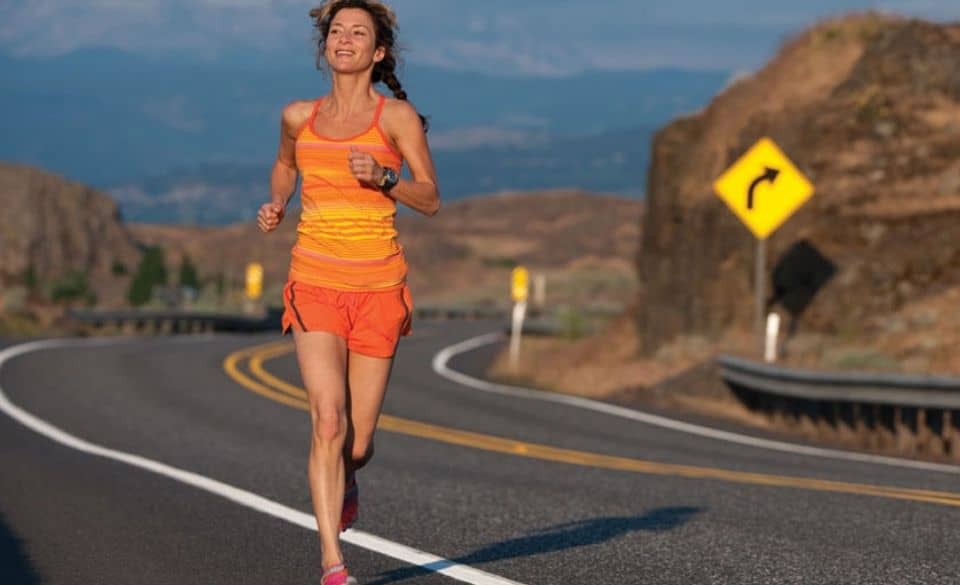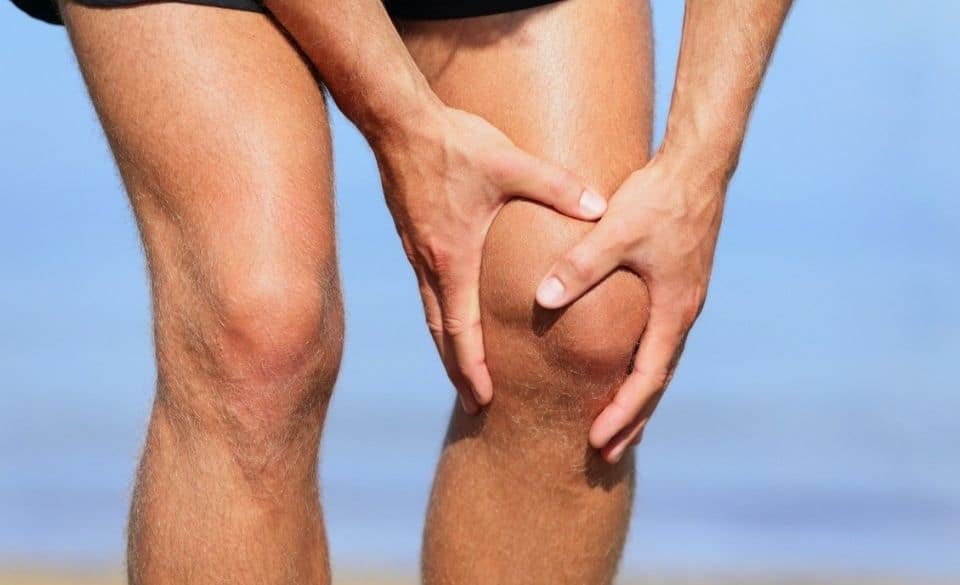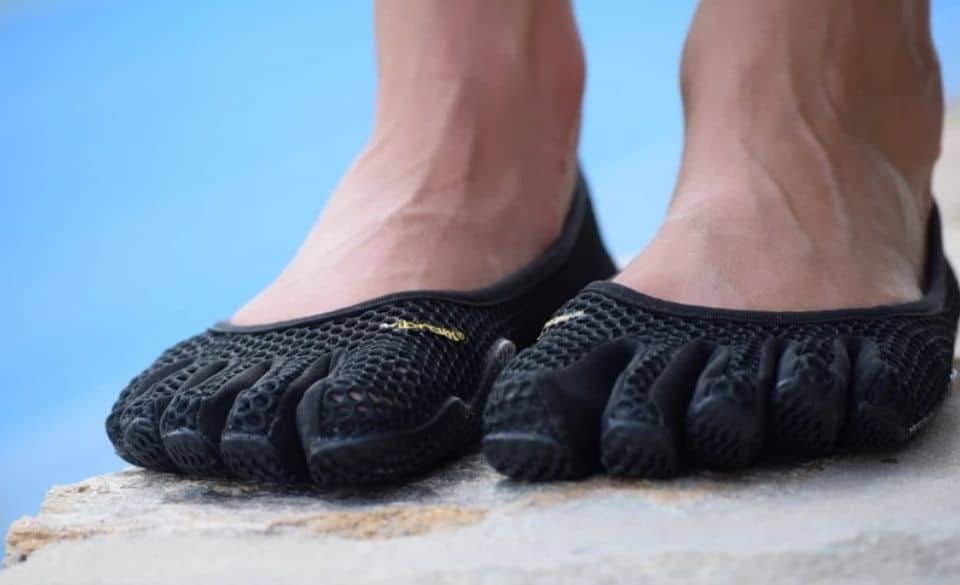
Forefoot Running vs Heel Strike – Which Technique is Best? 2021
Page Contents
Forefoot running has gained popularity over the past few years which is mainly to do with the book born to Born to Run by Christopher McDougall. During this time many shoe companies jumped on the bandwagon and started to push the benefits of forefoot running vs heel strike through minimalist shoes.
In this article, we help you learn about forefoot running and compare forefoot running vs heel strike. So keep on reading if you want to know how to run forefoot and if you should change from heel striking.
What is Forefoot Running? A Complete Guide
If you haven’t learned about forefoot running before, forefoot running is when a runner lands on the ball of their foot or places the most weight on that area of the foot during the landing and initial loading phase. They also may end up landing ahead of the balls of their foot and closer to their toes. However, landing ahead of the metatarsal can place more strain on your calf muscles, toes, and Achilles. So, generally, toe running or placing most of your weight on the toes when landing is typically frowned upon if you are a distance runner.
So you might be a little confused now. Can you be called a forefoot runner if you don’t land on the ball of your foot? First, you must understand the human gait, which is broken up into stages below.
FIRST STAGE – The moment when your foot touches the ground.
SECOND STAGE – This is the initial load phase. This is when the weight is localized to one leg and that leg is trying to control the force.
THIRD STAGE – The third stage is the toe-off stage. When your hip extends behind you, driving your body forward.
FOURTH STAGE – This is when your leg travels through the air to make contact with the ground again. this completes the runner’s gait cycle. But it is important to note that there is a period when both feet are in the air.
So what does this all mean? Well, the second stage of your running gait will tell you if you are forefoot running vs heel striking. Because while you may have a split second of contact to the ground via the heel, the majority of the loading phase is maybe more towards the forefoot.
This is generally a misconception with runners as they think that a small amount of heel-to-ground contact makes you a heel striker. Unfortunately, this is not the case.
Forefoot Running vs Heel Strike – What Should You know?
It is important to understand that when you compare forefoot running vs heel strike, there is no right or wrong. Even though the trend has been that barefoot, minimalist, and forefoot running is the best way to run.
What people haven’t told you is that it actually ends up placing more stress on the calf and Achilles. And while it does help reduce the number of knee injuries, it only really ends up trading one for the other.
There are a large portion of runners that heel strike as well as run forefoot. That is mainly because other factors affect a runner’s gait, such as running type, speed, and foot shape. So, the most important thing to remember is where the foot lands in relation to the body´s center of gravity and not the first contact phase.

Heel Strike Running Injuries – Is Heel Striking Bad?
Generally, heel striking isn’t a bad thing, even though the media and shoe companies make you believe so. What is bad is having your center of gravity and most of your weight landing on your heel. Rather than being distributed correctly around the midfoot. That means having the heel to the ground first is not always a bad thing. As long as the majority of the weight is distributed properly and the foot has landed correctly in relation to the body´s center of gravity, you should be ok.
However, if you are one of the unlucky people that load more of the bodyweight on the heel than distribute it correctly, you may end up with knee and hip issues. This is largely to do with the share impact and instability from placing most of your weight on the heel when landing.
While most shoes offer a lot of cushioning in the heel, these types of runners tend to land ahead of the center of gravity. Thus producing a stop motion while they run. Which then increases the amount of force traveling to the knees and hips.

How to Run Forefoot? – And Should You?
If you are a true heel striker, there may be a reason to look at trying to distribute the loading phase more towards the front of the foot. So, if you are wondering how to run forefoot don’t think just buying a pair of minimalist, or Vibram five fingers will automatically change that. You will need to spend some months learning to re-develop your running style through running drills and technique sessions. Doing so correctly will help change where the majority of the weight on your foot when you land.
This is where it is important to talk to a physiotherapist or running coach. Both can help provide you with the correct running drills to focus on each week. As well as make sure you are performing them correctly.



